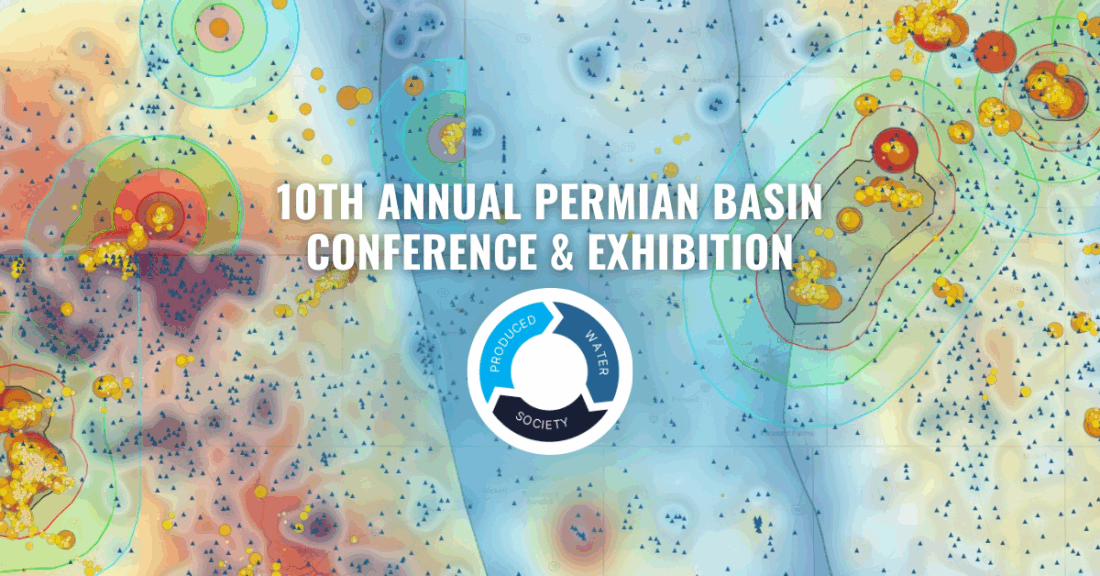By Pat Patton, VP Product Management, B3 Insight
“Life finds a way.” – Jurassic Park.
So does oil and gas. At the Produced Water Society conference in Midland last week, one theme stood out: the industry is adapting once again, this time around produced water.
1. Oil & gas in the Permian: net positive water
By extracting deep, ancient water that was previously outside the active hydrologic cycle, the Permian industry is effectively introducing new water into today’s system. That’s net-positive, and it reframes how we think about produced water – not as waste, but as a commodity.
2. Efficiency gains vs. rising water costs
Operators continue to push efficiency: drilling improvements, longer laterals, and new frac designs have delivered 8–20% cost reductions in recent quarters. These gains are pushing breakevens lower in Tier 1 rock. And, in some cases, even allowing portions of Tier 2 inventory to compete economically as if they were Tier 1.
But there’s a catch: Tier 2 and Tier 3 wells typically come with higher water-to-oil ratios (WOR). As WOR rises, water handling OPEX climbs, even as drilling and completion costs fall. That tension will increasingly define the basin’s economics going forward: efficiency gains on one side, water management costs on the other.
Forecasts add another layer:
- EIA projects WTI will average around $60 in Q4 2025, easing to ~$57 through 2026.
- Goldman Sachs expects WIT to average $56 in 2025, easing to $52 in 2026.
- OPEC is more bullish, raising 2026 demand growth to ~1.38 million bpd.
In short: oil prices may stay under pressure just as water costs rise.
3. Robert Crain’s perspective
Robert Crain, Texas Pacific Water Resources, put it bluntly: water is becoming a key driver of basin breakevens. Managing it well (through reuse, discharge, and infrastructure) will be just as important as drilling efficiency in sustaining Permian economics.
4. Surface discharge: why it matters
Companies like Texas Pacific Water Resources (TPL) and NGL Water Solutions Permian are taking critical first steps.
- TPL has applied for a permit to discharge up to 65,000 barrels per day of clean, treated produced water into a tributary flowing into the Upper Pecos River.
- NGL is pursuing a permit to discharge ~400,000 barrels per day of treated produced water near Red Bluff Reservoir.
Surface discharge matters because:
- Injection is increasingly constrained by pressure, seismicity, and regulatory limits.
- WOR is rising, volumes are growing, and “orphan water” has fewer homes.
- Treated discharge is not just disposal, it’s beneficial reuse, returning net-new water to a region that desperately needs it.
This is a turning point: surface discharge must become part of the basin’s toolkit.
5. Messaging matters—and collaboration is the story
The industry has done a tremendous job facing these challenges. What’s striking is the level of collaboration; operators, regulators, and service providers working together through cross-company working groups and technical exchanges, demonstrating how the industry adapts under pressure.
Like Jurassic Park said: life finds a way. Oil and gas does the same. And with produced water, the way forward is to reframe it as a resource—treated, reused, discharged responsibly, and ultimately a net benefit to West Texas.

